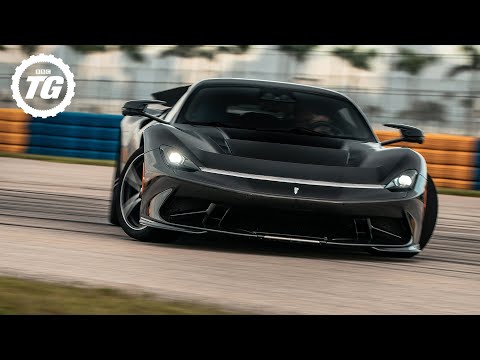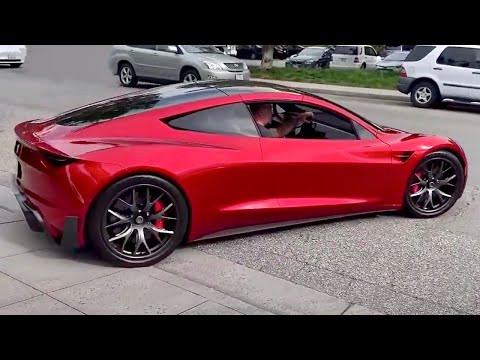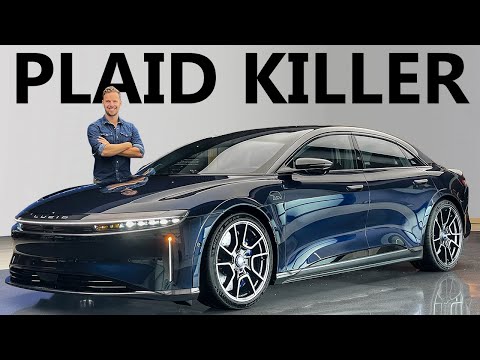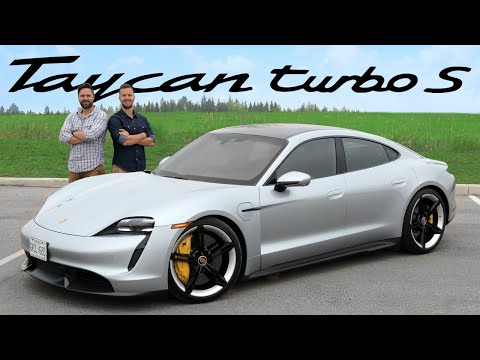From the pioneering Lucida Air to the revolutionary Lotus Evi, these cutting-edge electric vehicles are rewriting the rules with their cutting-edge technology, unrivaled performance – and great prices. We present to you the TOP 10 most expensive electric cars that you can buy right now.
Are you wondering which one it is? TOP 10 most expensive electric cars? The electric car revolution has not only taken over the classic car world, but also shaken up the upper echelons of luxury and performance – the supercar segment. Gone are the days when electric cars were just specials; today they are the embodiment of power, prestige and emission-free likeness.
The world of exclusive electric vehicles (EV) is home to technological marvels such as the Rimac Nevera with its astonishing acceleration figures and unique drivetrain, or the Porsche Taycan Turbo S, which defies brand convention. High-quality construction, state-of-the-art technology and extravagant prices go hand in hand with these prestigious electric vehicles. Let's buckle up and drive through top 10 most expensive electric cars, which you can buy right now.
Nio EP9 (€2.94 million / $3.48 million)

At the top of the list of the top 10 most expensive electric cars is the elusive one Not EP9, a Chinese track-focused masterpiece. They were only made 16 units and none were sold outside of China. Still, the EP9's impressive drivetrain and many records make it a force that shows the Chinese's desire to land the best. With four individual electric motors, the EP9 generates a total of 1,040 kW (1,400 hp) and can reach 100 km/h (62 mph) in just 2.7 seconds, with a top speed of approx 320 km/h (200 mph). This racing beast also offers an attractive range of 426 km (265 miles) thanks to its hefty battery pack.
Aspark Owl (2.96 - 3.39 million € / 3.5 - 4 million $)
Aspark Owl, the first Japanese electric hypercar, impressed with its astonishing performance, unique design and exclusivity. This exquisite model uses four electric motors and is compact yet efficient 69 kWh battery pack providing more than 1,480 kW (2,000 hp) and 2,000 Nm (1,475 lb-ft) of torque. With an astonishing 0-100 km/h (0-62 mph) time in just 1.9 seconds and top speed 400 km/h (249 mph), the Owl is one of the fastest production vehicles ever created in the history of motoring.
Automobili Battista Pininfarina (€1.86 million / $2.2 million)
Cars by Battista Pininfarina, which combines 21st century technology with classic Italian design, is a stunning powertrain fusion Rimac Nevera and upgraded capabilities. This electric beauty boasts time 0-100 km/h (0-62 mph) in 1.8 seconds, top speed 386 km/h (240 mph) and range 498 km (310 miles). With 1,417 kW (1,900 hp) transmitted to all four wheels, the Battista Pininfarina is a true Italian thoroughbred.
Rimac Nevera (€1.78 million / $2.1 million)
Rimac Nevera, born from a series of ground-breaking concept cars, exploded onto the market as one of the most sought-after electric supercars. Equipped with four electric motors and a huge 120 kWh battery pack, the Nevera boasts 0-100 km/h (0-62 mph) only 2 seconds and top speed 412 km/h (256 mph). The powertrain produces a whopping 1,491 kW (2,000 hp) and 2,360 Nm (1,714 lb-ft) of torque. Rimac designed the Nevera with real-world usability in mind, and it offers respectable range 515 km (320 miles). With only 150 examples planned for production, this Croatian masterpiece is an exclusive piece of automotive history.
Lotus Evija (€1.86 million / $2.2 million)
Lotus Evia is the British brand's first all-electric offering, marking a bold step into a new era. Evia it has an electric motor behind each wheel, a 70 kWh battery and innovative chassis construction and materials. With 1,419 kW (1,900 hp) and 1,729 Nm (1,275 lb-ft) of torque propel the Evi from 0-100 km/h (0-62 mph) in under 3 seconds and a top speed of 299 km/h (186 mph). Although a bit slower than some competitors, the Evija has range 402 km (250 miles) competitive advantage.
Deus Vayanne (€1.69 million / 2 million $)
Deus Vayanne, shrouded in mystery, boasts 1,641 kW (2,200 hp), a price tag of a staggering 1.69 million euros ($2 million), and an impressive pedigree. As a result of the collaboration between Italdesign and Williams Advanced Engineering, the Vayanne is slated to debut in 2025 with a limited production run of 99 units. With the ability to accelerate up to 100 km/h (62 mph) in less than an angle 2 seconds and a top speed of 402 km/h (250 mph), the Vayanne promises to exceed expectations.
Tesla Roadster (estimated €211,750 / approx. 250,000 $)
The long-awaited second generation Tesla Roadster expected to debut in 2023. With three electric motors, 10,000 lb-ft of torque output, and a massive battery pack 200 kWh the new Roadster is ready to become a supercar killer. . Tesla's prototypes are expected to reach a time of 0 to 100 km/h (0-62 mph) in an astonishing 1.1 seconds, and the company promises a range of over 966 km (600 miles) on a single charge.
Lucid Air Sapphire (211,750 € / 250,000 $)


Lucidov the first model, Air Sapphire, boasts sophisticated design, advanced technology and impressive performance. With three electric motors that produce a total 895 kW (1,200 hp), the Sapphire can reach 100 km/h (62 mph) in less than 3 seconds and has the highest speed above 320 km/h (200 mph). With a luxurious interior, impeccable craftsmanship and a true range of more than 805 km (500 miles) is a true contender in the premium electric vehicle market.
Porsche Taycan Turbo S (€156,650 / €185,000 $)
Porsche Taycan Turbo S, a four-door, all-electric marvel, offers quick acceleration, engaging driving dynamics and real-world utility. Taycan Turbo S, powered by two electric motors, one on each axle, reaches 100 km/h (62 mph) in 2.8 seconds and under ideal conditions has a range of up to 483 km (300 miles).













































